AO Edited
Captain Cook Monument
A controversial memorial at the place where Captain Cook met his violent end.
A 27-foot-high obelisk looms up from the coastal forest to mark the place where British explorer Captain Cook met his violent end.
James Cook was already well known for traveling and mapping the uncharted waters of the world when his crew landed at Kealakekua Bay in January of 1779 to repair a broken mast. Cook was widely known for his violent, tyrannical approach to the Indigenous people he encountered, but when the crew landed in Hawai’i, initial relations with the Indigenous people were reportedly positive. As the weeks went on, Cook’s men outstayed their welcome. It reached its peak when one of Cook’s men struck down a Native Hawaiian with an oar. Although he soon recovered, his fellow Hawaiians already had Cook and his crew cornered in the surf, where they were pelting them with rocks.
Yet eventually it cooled off with no major violence. However, Cook, who did not witness the scene, decided on February 14, 1779, to go on the offensive. He got his gun and armed a few of his men and went into the village of Kowrowa where the King of Hawai’i was. He attempted to take the King by force, but the Hawaiians resisted. A Hawaiian nobleman was shot, and Cook and his men were driven back to the shore. It was there in the shallows of the water that Cook was bludgeoned and stabbed to death.
The obelisk was set up as a memorial by his fellow countrymen in 1874 (the date is inscribed on the monument), on land that, while still technically part of the United States, is owned by the British. A small plaque in the surf marks the exact spot where Cook is believed to have died.
The inverted cannons surrounding the monument were brought to Hawaii from Victoria, British Columbia, Canada, by HMS Fantome (Daily British Colonist, September 5, 1876, p. 3, “H.M.S. Fantome’s Mission to the Sandwich Islands”). A grove of coconut trees was planted around the time the 12 cannons were installed.
Just behind the obelisk in the forest are the ruins of the ancient village of Kaawaloa, a sort of inverse memorial to the Hawai’i that changed after the arrival of outsiders that was marked by Cook’s visit. The obelisk is understandably disliked by many Hawaiians, who see it as a tribute to a man who invaded their islands and whose presence forever changed Hawai’i’s character.
The monument is not easy to reach, requiring either a docking from the water or a two and a half hour hike on Captain Cook Monument Trail. However, the hike is picturesque, curving by lava fields and rampant patches of sugarcane, and the snorkeling at the monument attracts as many visitors.
Know Before You Go
The trail is located off of Highway 11 near where it intersects with Napo'opo Road. It's the dirt trail that goes downhill from the three towering royal palm trees.











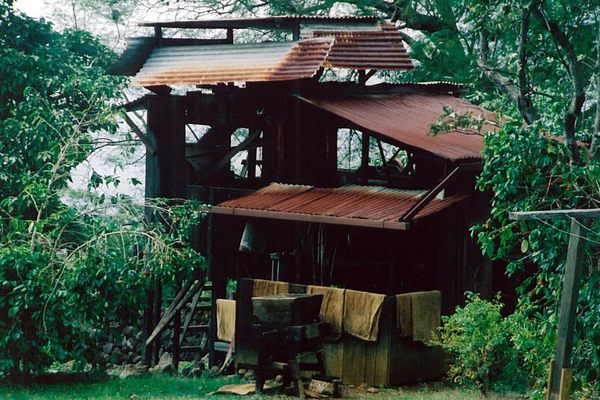
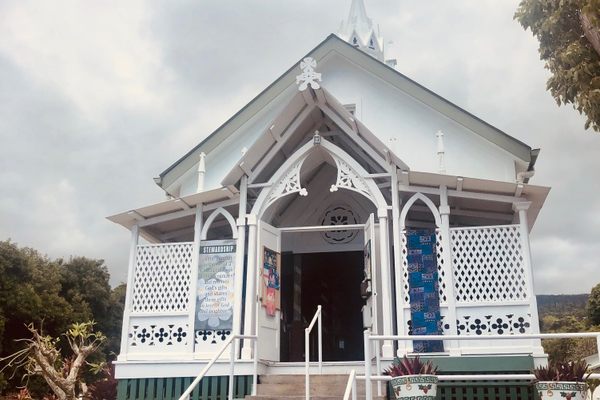

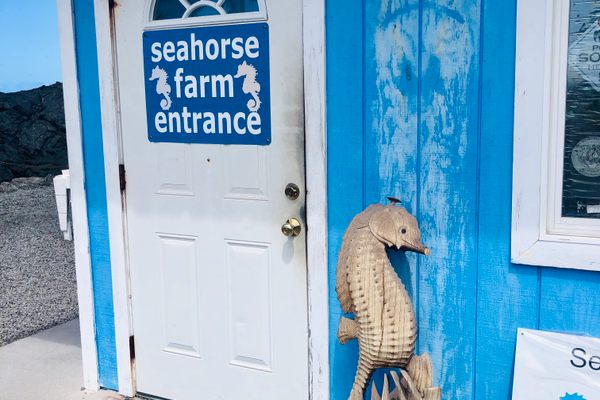


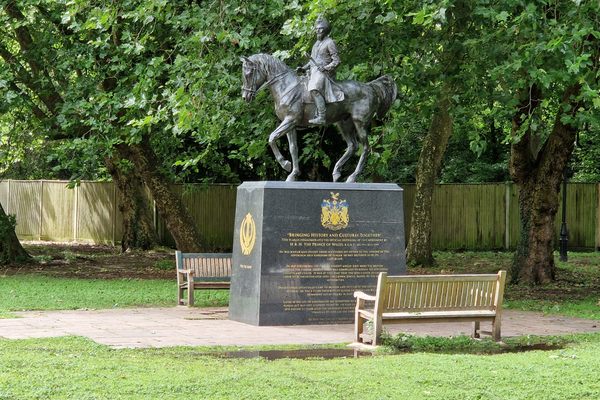
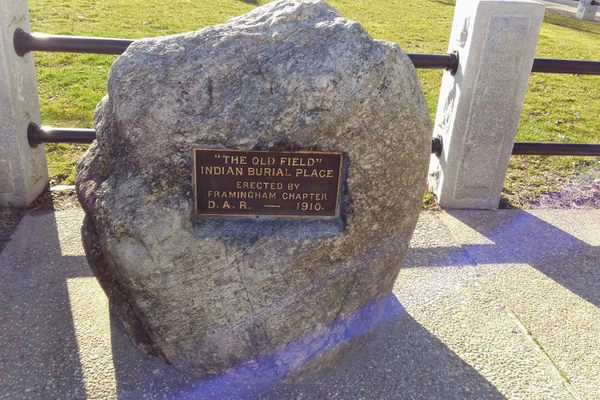

Follow us on Twitter to get the latest on the world's hidden wonders.
Like us on Facebook to get the latest on the world's hidden wonders.
Follow us on Twitter Like us on Facebook